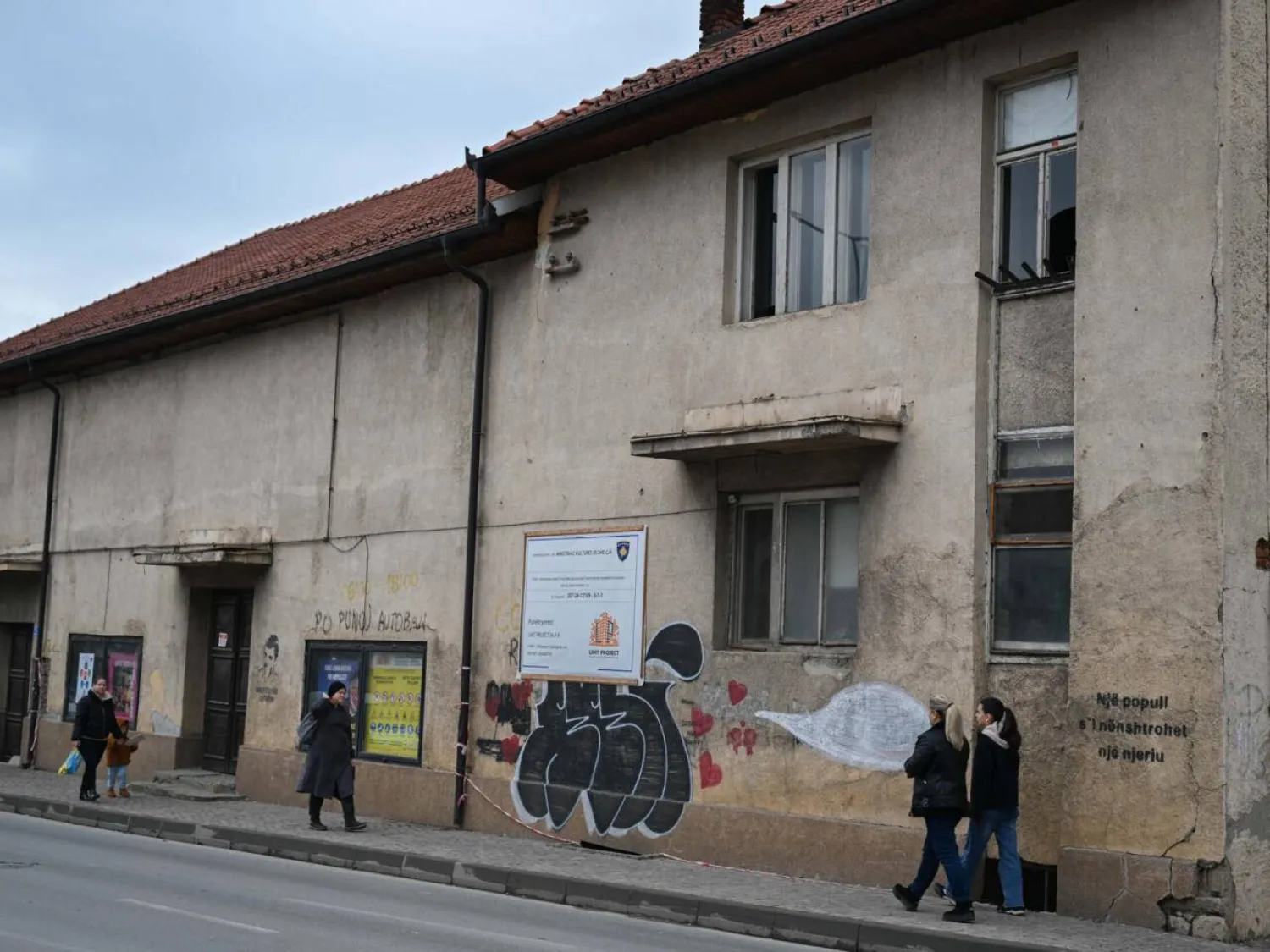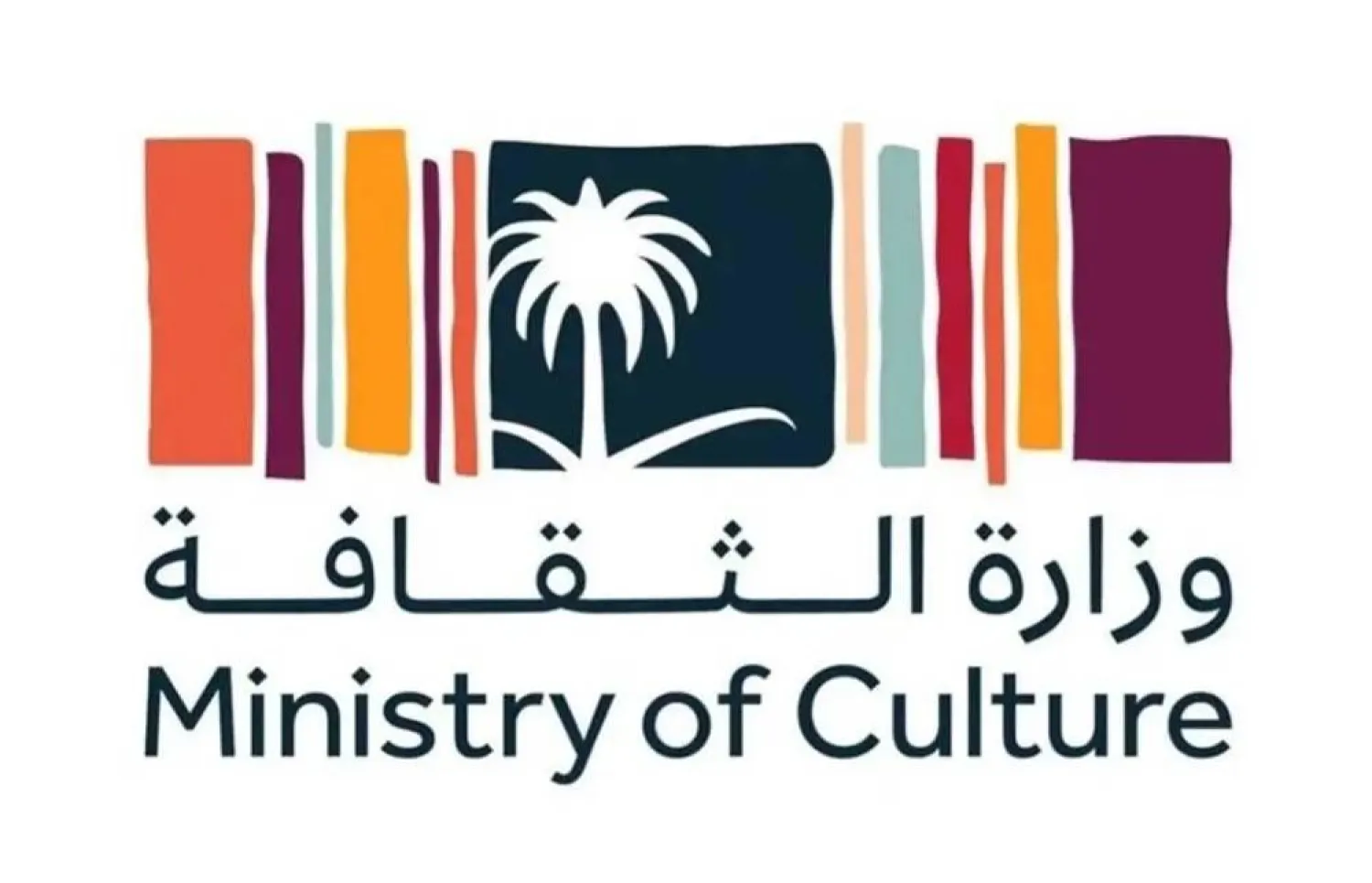Riyadh Art, the world’s largest public art program, has unveiled four monumental public artworks with the launch of the Riyadh Metro, transforming key metro stations into cultural landmarks.
At the King Abdullah Financial District (KAFD) Metro Station, designed by the internationally acclaimed Zaha Hadid Architects, Alexander Calder’s Janey Waney takes center stage. This bold and colorful sculpture exemplifies Calder’s pioneering spirit in kinetic art, creating a dynamic and engaging experience for visitors. Nearby, Robert Indiana’s LOVE (Red Outside Blue Inside), one of the most recognizable public artworks globally, captivates audiences with its vibrant interplay of color and universal themes of connection and hope. Together, these masterpieces transform the daily commute into a celebration of art, architecture, and creativity.
At the Qasr Al Hokm Downtown Metro Station, designed by the renowned architectural firm Snøhetta, Ugo Rondinone’s The Sun stands as a striking golden centerpiece, symbolizing energy and renewal. Complementing this is Zaman Jassim’s When the Moon is Full, a reflective and poetic piece inspired by Riyadh’s rich cultural heritage. These artworks, combined with the architectural brilliance of the station, redefine public spaces, blending art with the rhythm of daily life to create a truly unique cultural experience.
“These permanent artworks embody our vision of transforming Riyadh into an open-air gallery that enriches the quality of life and fosters a deeper connection between people and art,” said Architect Khalid Al-Hazani, Executive Director of Riyadh Art. “By collaborating with some of the most creative minds of our time, we’re not just adding art to public spaces—we’re creating cultural landmarks that inspire and engage generations.”
Riyadh Art is an unparalleled cultural infrastructure initiative that reimagines urban spaces, fosters creativity, and enriches lives. Led by the Royal Commission for Riyadh City (RCRC), as one of the four initial Mega Projects of Saudi Vision 2030, Riyadh Art champions cultural innovation, drives economic diversification, and positions Riyadh as a global center for contemporary art and culture.
Since its launch in 2019, Riyadh Art has seamlessly integrated art into the urban fabric of Saudi Arabia’s capital, showcasing over 500 artworks by more than 500 local and international artists, hosting more than 6,000 community engagement activities, and engaging over 6 million visitors. As the program continues to expand, the number of artworks and initiatives is set to grow significantly, fostering a sense of community, enriching the city’s identity, and elevating Riyadh’s standing as a vibrant global arts destination.
Riyadh Art Enriches Metro Stations with Artworks

Zaman Jassim’s When the Moon is Full. SPA

Riyadh Art Enriches Metro Stations with Artworks

Zaman Jassim’s When the Moon is Full. SPA
لم تشترك بعد
انشئ حساباً خاصاً بك لتحصل على أخبار مخصصة لك ولتتمتع بخاصية حفظ المقالات وتتلقى نشراتنا البريدية المتنوعة







